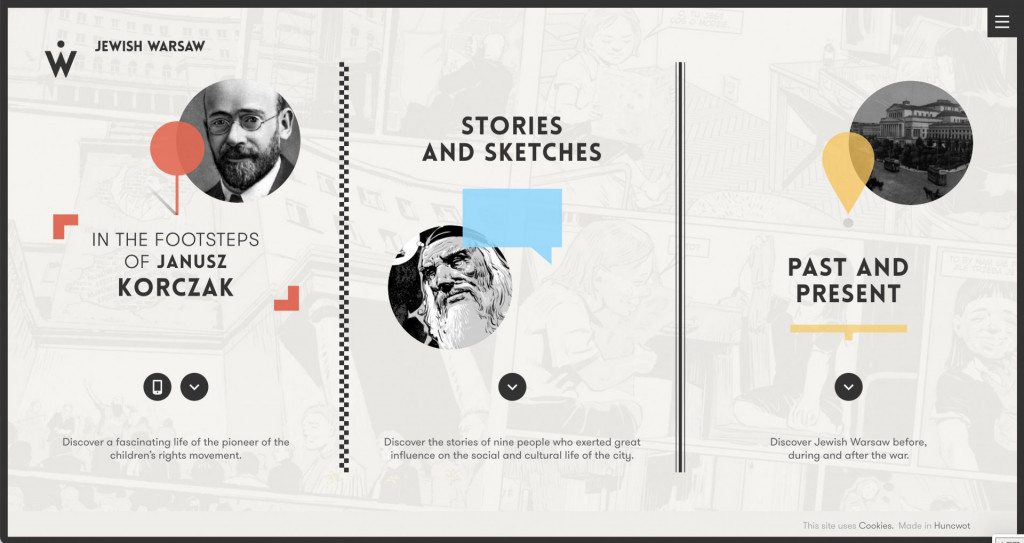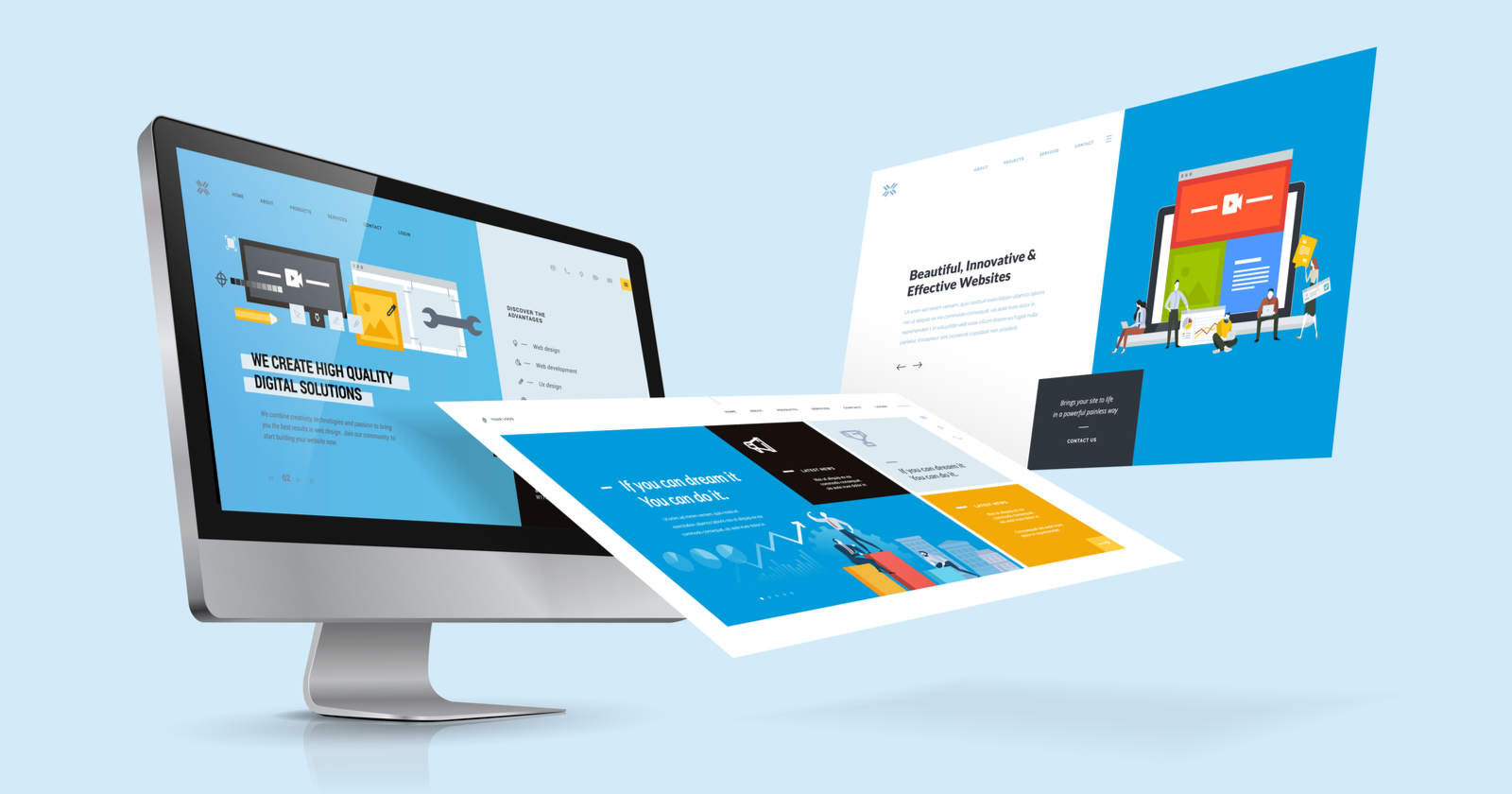Website Design Basics for a Premium UX
Necessary Concepts of Internet Site Layout: Producing User-Friendly Experiences
By concentrating on customer demands and preferences, developers can foster engagement and fulfillment, yet the ramifications of these concepts prolong beyond simple performance. Recognizing how they intertwine can significantly influence a site's overall performance and success, triggering a better evaluation of their specific functions and collective influence on individual experience.

Significance of User-Centered Style
Prioritizing user-centered design is crucial for creating effective internet sites that fulfill the demands of their target market. This strategy places the user at the center of the design procedure, guaranteeing that the website not just functions well however also resonates with customers on an individual level. By recognizing the individuals' actions, goals, and preferences, developers can craft experiences that foster interaction and satisfaction.

Furthermore, taking on a user-centered style ideology can bring about boosted accessibility and inclusivity, providing to a varied audience. By thinking about different user demographics, such as age, technical efficiency, and cultural backgrounds, developers can produce web sites that are welcoming and useful for all.
Inevitably, prioritizing user-centered layout not just enhances user experience however can likewise drive vital service results, such as boosted conversion prices and consumer loyalty. In today's affordable electronic landscape, understanding and focusing on individual demands is a vital success variable.
Instinctive Navigation Frameworks
Efficient web site navigation is frequently a critical aspect in improving user experience. User-friendly navigation structures make it possible for users to locate info swiftly and efficiently, decreasing frustration and enhancing engagement.
To produce intuitive navigating, designers should prioritize quality. Labels should be detailed and familiar to users, avoiding lingo or unclear terms. An ordered structure, with key classifications leading to subcategories, can further help users in recognizing the relationship between different sections of the website.
Furthermore, incorporating aesthetic cues such as breadcrumbs can lead customers with their navigation course, permitting them to quickly backtrack if required. The incorporation of a search bar also boosts navigability, approving users guide access to material without needing to navigate with numerous layers.
Responsive and Adaptive Formats
In today's electronic landscape, guaranteeing that sites operate perfectly across numerous devices is important for customer contentment - Website Design. Receptive and flexible designs are 2 essential strategies that enable this performance, providing to the diverse series of display sizes and resolutions that customers might come across
Receptive layouts use liquid grids and versatile images, enabling the website to automatically readjust its elements based on the display dimensions. This method provides a constant experience, where content reflows dynamically to fit the viewport, which is specifically valuable for mobile customers. By utilizing CSS media questions, developers can create breakpoints that optimize the format for different devices without the need for separate styles.
Adaptive layouts, on the other hand, use predefined formats for details display dimensions. When an individual accesses the website, the web server spots the device and serves the proper layout, making sure an enhanced experience for varying resolutions. This can result in quicker loading times and improved performance, as each layout is tailored to the tool's capabilities.
Both flexible and responsive styles are important for improving customer involvement and satisfaction, ultimately adding to the site's general effectiveness in satisfying its objectives.
Regular Visual Hierarchy
Establishing a regular visual pecking order is essential for directing individuals via a website's web content. This principle guarantees that information is offered in a fashion that is both intuitive and interesting, permitting individuals to conveniently comprehend the material and navigate. A distinct pecking order employs different design components, such as dimension, shade, spacing, and comparison, to develop a clear distinction in between different types of content.

Moreover, constant application of these visual cues throughout the site cultivates knowledge and trust fund. Individuals can quickly learn to recognize patterns, making their interactions much more efficient. Ultimately, a solid visual pecking order not just boosts user experience but also boosts overall site usability, motivating deeper engagement and promoting the wanted activities on a website.
Availability for All Users
Access for all users is an essential aspect of web site layout that guarantees everyone, no matter of their specials needs or capacities, can engage with and benefit from online content. Creating with accessibility in mind includes executing techniques that accommodate diverse user needs, such as those with visual, auditory, motor, or cognitive disabilities.
One important standard is to stick to the Web Content Ease Of Access Standards (WCAG), which provide a framework for developing accessible digital experiences. This includes making use of sufficient color comparison, giving text choices for pictures, and guaranteeing that navigation is keyboard-friendly. Additionally, utilizing receptive layout strategies ensures that sites work successfully throughout numerous devices and display dimensions, further improving access.
Another crucial aspect YOURURL.com is making use of clear, succinct language that avoids lingo, making content understandable for all users. Involving users with assistive modern technologies, such as display readers, needs mindful attention to HTML semiotics and ARIA (Easily Accessible Abundant Net Applications) functions.
Eventually, focusing on availability not only meets legal responsibilities but additionally broadens the target market reach, promoting inclusivity and address improving user fulfillment. A dedication to ease of access reflects a dedication to creating equitable electronic settings for all customers.
Verdict
To conclude, the essential concepts of internet site design-- user-centered design, user-friendly navigation, responsive designs, regular visual pecking order, and accessibility-- jointly add to the creation of user-friendly experiences. Website Design. By prioritizing customer requirements and making certain that all people can properly involve with the website, developers enhance usability and foster inclusivity. These principles not just boost customer fulfillment yet also drive positive service end results, ultimately demonstrating the essential significance of thoughtful internet site layout in today's digital landscape
These techniques give vital insights right into individual expectations and pain factors, making it possible for developers to customize the website's features and material as necessary.Reliable internet site navigating is frequently a critical factor in improving individual experience.Developing a regular aesthetic power structure is crucial for leading customers via an internet site's web content. Inevitably, a solid aesthetic power structure not just improves customer experience however also enhances total site functionality, motivating her response deeper interaction and facilitating the wanted activities on an internet site.
These concepts not just enhance individual contentment however likewise drive positive business outcomes, eventually demonstrating the essential significance of thoughtful internet site layout in today's electronic landscape.